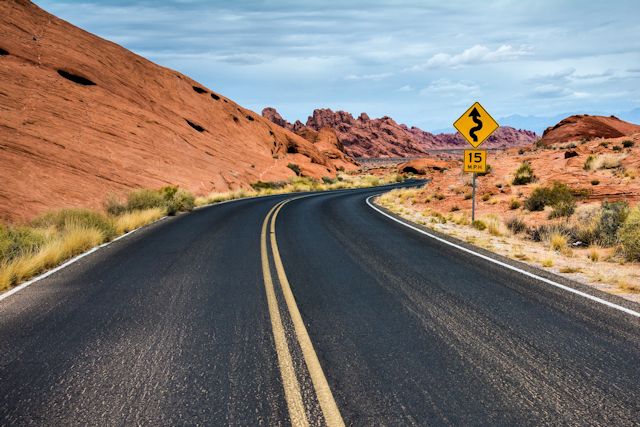Maine Streets
EAST COAST ROAD TRIP, Chapter 26:
IN WHICH WE WALK ON WATER
Day 26: Ellsworth, ME to Calais, ME. Before leaving Bar Harbor, we just had to decipher an intriguing letterbox clue: "While in Bar Harbor, you should ask around for a magic trail that will allow you to 'walk on water.' Once there just follow the path and look for the tree in [a photo provided in the clue]. Box is about 4.5 ft from the ground. Be careful or your magic trail will disappear!"
We were mystified until we heard about Bar Island. Part of Acadia National Park, Bar Island is off the coast of Bar Harbor in Frenchman Bay. At low tide, the island is accessible by foot or by an all terrain type vehicle across a natural gravel land bridge. So at low tide yesterday afternoon, we walked across Frenchman Bay to the island and, yes, we did find the letterbox. [Above photo: Route to Bar Island at low tide (L) and high tide (R)]
We watched the time carefully after the harbormaster told us he had to rescue 28 people from the island last year who walked over at low tide, let too much time pass (there's about a 3 hour window) and became stranded on the island because the tide had come back in.
Driving from Ellsworth to Bangor today provided additional evidence that things are not always what they seem. The towns are 28 miles apart and we were traveling on U.S. Highway 1A. What we expected to be a 35 minute trip turned into almost 90 minutes because of road construction.
 |
| Maine roads take a beating |
Maine's climate makes its roads subject to extreme wear and tear. In the winter, water gets into small cracks and fissures where it freezes, expands, melts, refreezes, expands and so on. This causes potholes to appear more quickly and in some cases larger areas of the surface break up. So when repair is needed, they sometimes just start over. Large sections of U.S. 1A have been taken down to the gravel roadbed.
 |
| US Highway 1A gets a do-over |
The cost of progress! Maine struggles with highway maintenance due to its sparse population. With federal highway aid based on population, Maine receives about the same funding as New Hampshire, even though Maine has more than twice the highways to maintain.
In driving extensively in Maine from Kittery in the south to Calais in the north, we observed only one example of road kill. Thus, we saw no vultures in the state either. Why? Maine's highway roadsides are also almost litter-free. Nice! Very nice!
 |
| No litter—animal or otherwise |
More than 90 percent of Maine's land area is forested. Driving across Highway 9 between Bangor and Calais today we had ample opportunity to observe this for ourselves. Most of this 100-mile stretch of Maine is forest, forest, and more forest, with a few tiny hamlets dotted along the way. On most of this span, the road and power poles are the only evidence of any human intervention. Occasionally, there are expanses without even the power lines. No small wonder that Maine's official nickname is the "Pine Tree State."
The state's other nickname, the "Land of Remembered Vacations," is also well deserved. The rocky coast, the quaint villages, the fishing boats, and so much more leave one wanting to return to this beautiful state. OK, maybe not to Bar Harbor.
WEDNESDAY, 26 MAY 2010
























































